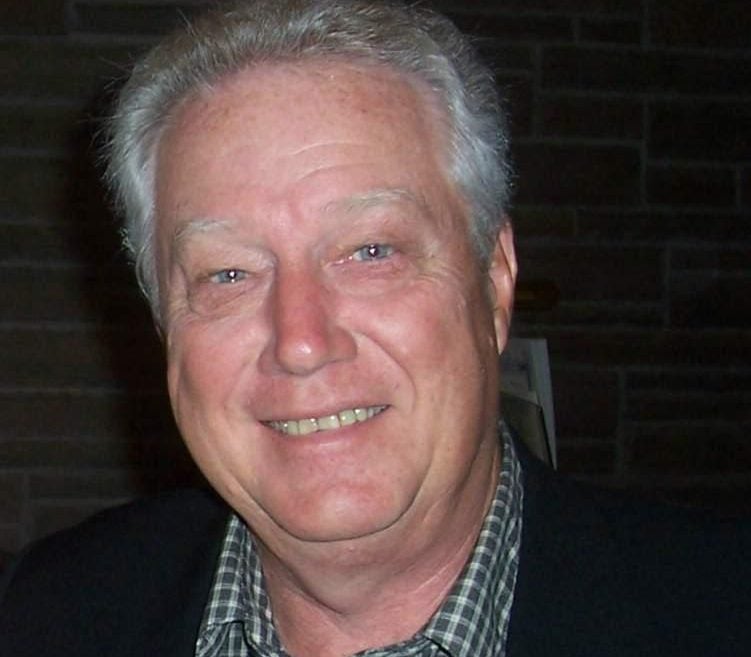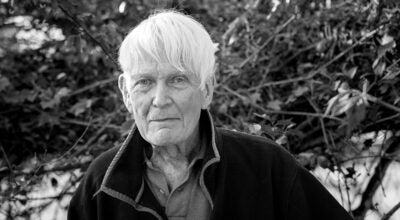The Nature Corner: Turkey Day
Published 4:27 am Sunday, December 22, 2019
By Ernie Marshall
My son Jamie and his wife Jill and daughter Alex were here for Thanksgiving and my wife Carolyn, in keeping with her gracious country upbringing and culinary talents, put on quite a Thanksgiving spread.
We’ll probably be eating leftovers (or feeding them to our dog Bullitt) until Christmas.
We think of Thanksgiving as uniquely American, although it does have precedents in medieval harvest festivals and Christian feast days. The holiday presumably began with a celebratory harvest meal in 1621 shared between the Plymouth Colony Pilgrims and the neighboring Wampanoag Native Americans. Fortunately, we supposedly have the menu for the meal: waterfowl, venison, ham, lobster, clams, berries, fruit, pumpkin and squash.
But wait . . . Where’s the turkey? As my son exclaimed when he said he was coming for Thanksgiving and I asked what they wanted to eat, “It isn’t Thanksgiving without the turkey.”
How did that get to be? Making Tom turkey the centerpiece of the meal was not common before 1800 and by 1857 it had become a tradition in New England. The journal of William Bradford noted regarding the Thanksgiving of 1621 that, “besides waterfowl there was great store of wild turkeys, of which they took many,” and turkeys were abundant in America at that time, perhaps some 10 million roaming our woods and fields. Various local Thanksgiving celebrations had sprung up and in 1863 President Lincoln made it a national holiday.
There are practical considerations that secured the turkey’s place at the Thanksgiving table. A turkey is a larger bird than a chicken and better feeds a family. When my mom cooked a chicken for Sunday dinner three hungry brothers contended for the two drumsticks. We eliminated my little sister from the competition by raising a clamor, “I want the neck!” “No I want the neck!” “I want the neck!” until Sis would say “Why don’t I ever get the neck?” To this we brothers would say in unison, “Well, OK I guess you can have the neck, we’ll take a drumstick.” (She finally caught on to our game and has been getting even with us ever since.)
Chickens are also valuable for their eggs and turkeys mostly just for their meat because they lay eggs less often and are more costly to maintain.
It is also important to the turkey’s connection with a “home grown” American holiday that it is indigenous to North America. The domestic turkey is of the same species as the wild turkey, a subspecies native to southern Mexico where it was first domesticated by the Mayans. Wild turkey are leaner and more wary than domestic turkeys and are dark brown with a coppery sheen. The tips of their tail feathers are chestnut, rather than white typical of domestic turkeys.
Like other members of the order galliformes, such as grouse, quails, partridges and pheasants, wild turkeys gather in leks, a regular hoedown where the males assemble to strut about, fluff their feathers and fan their tails to impress the ladies. One of our films in Refuge — The Series produced by STRS Productions Inc., the one on Alligator National Wildlife Refuge located in mainland Dare County, captures the drama of this annual ritual quite well. (I have written about this film series in other of my columns.)
Oddly enough, this bird is named for the country of Turkey, probably because at one time they were being shipped to England via Spain from the eastern Mediterranean region.
Let it also be mentioned that most, if not all, of the traditional Thanksgiving foods – for example, sweet potatoes, mashed potatoes, cranberry sauce, corn, beans, squash and pecan and pumpkin pie – are of American origin. (Those of you on the Outer Banks often add some seafood items, making their menu even more in accord with that of the first Thanksgiving referenced above.)
The turkey was also inadvertently made an American icon of sort by Ben Franklin. The lore has it that he and Thomas Jefferson had a public disagreement about whether it should be the wild turkey or the bald eagle to become our national symbol. The source of this story is a letter Franklin wrote to his daughter Sarah Bache in 1784 in which he rather playfully proffers the idea that the bald eagle “is a bird of bad moral Character. He does not get his Living honestly,” because it steals the fish an osprey has honestly caught for itself. I have witnessed this thief for myself at Lake Mattamuskeet. An osprey caught a fish and a bald eagle that had been watchfully perched on a pine snag attacked the osprey and bullied it out of it catch. The osprey is a much more skillful fisher and the bald eagle is easily twice its size and more aggressive. One would see this more frequently except their paths do not often cross at Lake Mattamuskeet. Ospreys nest on the lake and migrate south, as far as South America, in winter. Bald eagles, on the other hand, mostly follow the fall migration of waterfowl south from further north. I was watching that altercation between eagle and osprey in the winter when ospreys are uncommon. Also, eagles are not currently nesting at Lake Mattamuskeet as far as I know.
As a hats off to our U.S. Fish and Wildlife Services and state fish and game agencies, as well as the conservation ethos that generally prevails in America, it should be noted that both of these American icons, the wild turkey and bald eagle have been brought back from the brink of extinction and have healthy populations presently. Beginning in the twentieth century wild turkey numbers plummeted due largely to over hunting and habitat loss. Populations were down to 30,000 in the 1930s. Numbers fortunately have since rebounded to about 1.3 million by 1973, and 7 million today. The restoration strategy of “trap and transfer,” capturing turkeys where they are plentiful and using them to repopulate other areas, has proved success. I frequently see a flock of turkeys in the woods or crossing a road nowadays. What a welcome sight!
Ernie Marshall taught at East Carolina College for thirty-two years and had a home in Hyde County near Swan Quarter. He has done extensive volunteer work at the Mattamuskeet, Pocosin Lakes and Swan Quarter refuges and was chief script writer for wildlife documentaries by STRS Productions on the coastal U.S. National Wildlife Refuges, mostly located on the Outer Banks. Questions or comments? Contact the author at marshalle1922@gmail.com.
FOR MORE COLUMNS AND LETTERS TO THE EDITOR, CHECK OUT OUR OPINION SECTION HERE.




